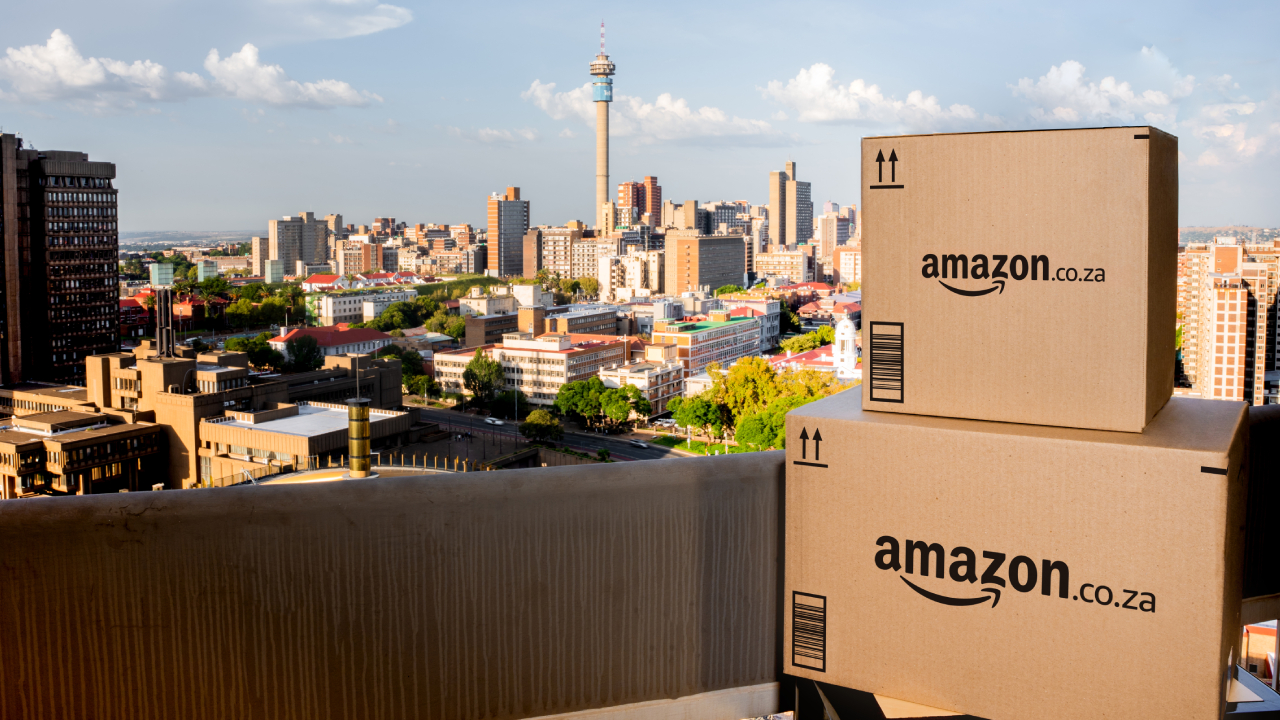- Ecommerce across Africa is set to continue to boom in the next several years, which is why international giants are rushing to bring their platforms to the continent.
- But local ecommerce firms are struggling to keep up with all the new innovations in the space.
- Steven Heilbron, CEO of Capital Connect outlines several trends in the industry and how local SMES can stay relevant.
The retail landscape in South Africa is changing so quickly that most companies can’t keep up. According to an Accenture report in May of this year, majority of South African ecommerce companies can’t keep up with all the new innovations and changes coming into the industry and simply just exist in the space, without thriving.
“South African retail has experienced profound transformation over the past few years, with digital platforms and ecommerce reshaping consumer expectations. However, we are just in the earliest phases of digital transformation and SME retailers will need to be agile to keep up with emerging customer demands and new competitors,” explains Steven Heilbron, CEO of Capital Connect.
Capital Connect offers funding for SMEs and other companies in South Africa, but funding alone will only take you so far. Heilbrone highlights some trends shaping local ecommerce today, and how SMEs can capitalise on them to boost their growth.
The first trend to take note of for local SMEs in the space, is that the space is ever-becoming home to giant online retailers.
“The entrance of international ecommerce giants like Amazon, Temu and Shein into the local market is expected to drive rapid growth in the years to come. SME retailers may need to focus on sharpening their in-store experience, leveraging community connections and investing in their own digital commerce offerings to remain relevant,” explains Heilbron.
But money will continue to trickle into the sector, especially in South Africa. A 2024 study from World Wide Worx shows that online retail sales grew 29 percent to R71 billion in 2023. The sector is expected to break the R100 billion mark by 2026.
The study notes especially strong growth for grocery delivery services.
But because of all the different options in the industry, customers have come to expect everything to be at their demand.
“Last-mile delivery services have set consumer’s expectations for rapid fulfillment of fast-food and grocery orders. Now, we’re seeing logistics providers and ecommerce companies work together to ship nearly any product on-demand. Takealot offers an on-demand, 60-minute delivery service in selected Cape Town suburbs,” said the Capital Connect boss.
“Shoprite Group’s Checkers Sixty60, meanwhile, now offers same-day delivery of small appliances, homeware, consumer electronics and other goods. The service is currently being piloted in Cape Town. SME retailers will need to collaborate with local delivery services to offer faster delivery options to compete,” he added.
So how do retailers then begin to provide these services? The first step is to leverage automation in certain processes, something that Amazon has become especially adept at.
These include incorporating cloud-based platforms and connected devices like RFID tags and smart shelves. These systems allow retailers to automate areas such as inventory management and customer service.
“Retailers and merchants are also embracing automated cash handling solutions to streamline processes, reduce errors, reduce risk and enhance security,” said Heilbron.
“Automated cash handling systems can deliver a saving of up to 40 percent in time and money. Improved automation can lead to low costs and increased business efficiencies.”
The next two trends are all about embracing new technologies, like fintech and the omnichannel.
Marketing firm Infobip has made a big deal of the omnichannel in recent years, primarily because the company offers omnichannel services to other firms.
Omnichannel means a seamless experience across online and offline channels, including consistent pricing, product availability, and customer service. Retailers with an omnichannel presence can drive sales by reaching customers through touchpoints, such as physical stores, e-commerce platforms, social media and mobile apps.
Meanwhile, fintech innovations can reduce friction at the pay point, and increasing the ways customers can pay for goods and services online. Nowadays you will notice platforms like Takealot have a number of options for you to pay when you go to check out. These are all provided by partnerships with fintech providers.
“For example, they offer solutions that enable retailers to manage cash and cashless payments in one ecosystem to support customer choice, as well as offer easier access to lightning-fast opportunity capital to retailers via an app, so they never miss out on retail growth opportunities,” he explains.
“Ongoing technological disruption creates a range of threats and opportunities for retailers. They have many viable possible responses, from doubling down on their in-store experience via shoppertainment and promotions, to investing in digital platforms and delivery capabilities.”
“Whichever route they follow, they need access to fast, frictionless opportunity capital to execute their growth strategies,” Heilbron concludes.

